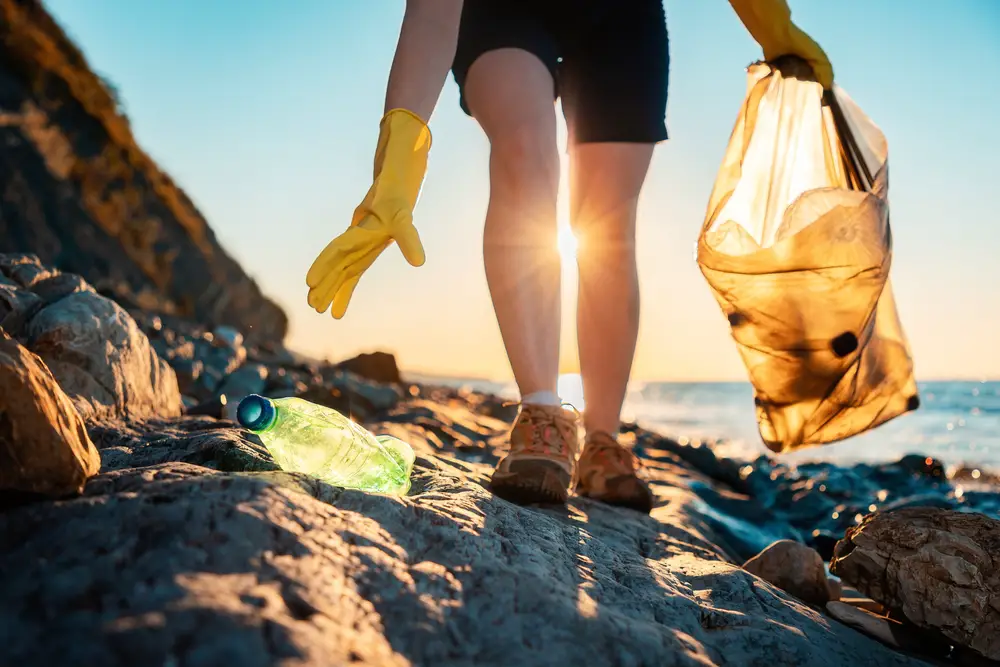Protecting endangered animals might feel like an overwhelming task, but meaningful contributions start with small, conscious decisions in our daily lives. From mindful consumer choices to supporting conservation efforts, each action creates a ripple effect that can lead to substantial positive impact. With some thoughtful adjustments, you can help protect vulnerable species and contribute to a healthier, more sustainable world.

One of the most effective ways to support endangered species is by choosing sustainable and ethically sourced products. Many everyday items, from coffee to clothing, are linked to deforestation and habitat destruction, two significant threats to endangered animals. Opt for certified fair-trade, sustainably harvested, and locally produced goods whenever possible. Products with these certifications tend to have lower environmental footprints, which means less impact on the habitats endangered animals depend on.
Reducing plastic waste is another powerful way to protect wildlife, particularly marine animals. Every year, tons of plastic end up in oceans, harming fish, turtles, and seabirds who mistake it for food. By minimizing your plastic use—bringing reusable bags, avoiding single-use containers, and opting for alternatives like glass or metal—you contribute to reducing the pollution that endangers countless species. Small actions like these help keep harmful waste out of the environment, making a positive difference for marine life and beyond.
Being mindful of your diet is also an impactful choice. Choosing sustainably sourced seafood and plant-based foods reduces demand for overfished species and lowers greenhouse gas emissions. Overfishing and unsustainable farming practices disrupt ecosystems and endanger marine life, while plant-based meals have a lighter environmental footprint overall. Supporting eco-friendly and wildlife-conscious food brands makes a significant impact and helps preserve habitats that endangered species need to survive.
When it comes to your garden or outdoor space, consider planting native vegetation. This creates a welcoming habitat for local pollinators and small animals that support the food chain. Native plants require fewer resources to thrive and provide crucial support for insects, birds, and mammals whose habitats are shrinking. Invasive plant species, on the other hand, can displace local flora and disrupt the ecosystems that endangered animals rely on, so focus on plants that belong to your region for a wildlife-friendly garden.
Another important way to protect endangered animals is by reducing energy consumption. Lowering your carbon footprint has a direct effect on reducing climate change, a significant threat to biodiversity. Make simple changes like switching to LED lighting, using public transport, or carpooling when possible. Conserving energy in your home, whether by turning off unused appliances or opting for energy-efficient heating and cooling, also makes a difference. A smaller carbon footprint leads to fewer greenhouse gases and, ultimately, less habitat loss for animals affected by a changing climate.
Supporting conservation organizations, even with small donations, can be incredibly impactful. Many nonprofit organizations are dedicated to protecting endangered species through habitat restoration, anti-poaching initiatives, and research. Look for reputable groups that align with causes you care about, whether it’s protecting elephants, sea turtles, or pollinators like bees and butterflies. Volunteering or participating in events, such as wildlife cleanups or awareness campaigns, is also an effective way to contribute.
Choosing eco-friendly transportation and travel options can also protect wildlife and their habitats. When planning vacations, consider visiting eco-conscious destinations and supporting local businesses that prioritize conservation. Some tourism companies focus on sustainable practices, offering eco-tours and wildlife excursions that educate visitors on local ecosystems without disturbing natural habitats. Responsible travel doesn’t just protect wildlife—it allows you to experience nature in a way that respects and supports it.
Advocating for wildlife-friendly policies is one of the most effective ways to make a long-term impact on endangered species. Engage with local and national representatives on conservation issues, encouraging policies that protect endangered species and their habitats. Even signing petitions or spreading awareness through social media can amplify these efforts. Governments and corporations are more likely to make positive changes when they see a strong demand from citizens for sustainable and ethical practices.

Finally, staying informed about endangered animals and conservation efforts helps keep you aware of the most effective ways to support the cause. Educating yourself and others on how human activities impact biodiversity can drive meaningful change. By spreading awareness within your community—whether through discussions, social media, or supporting local events—you help build a culture of conservation that prioritizes the protection of vulnerable species.
Every choice, big or small, adds up when it comes to protecting endangered animals. By adopting sustainable habits, supporting conservation efforts, and making mindful consumer decisions, you can contribute to a future where endangered species thrive. In protecting these animals, we preserve the diversity of our planet, allowing future generations to experience a world rich with the wonders of wildlife.
